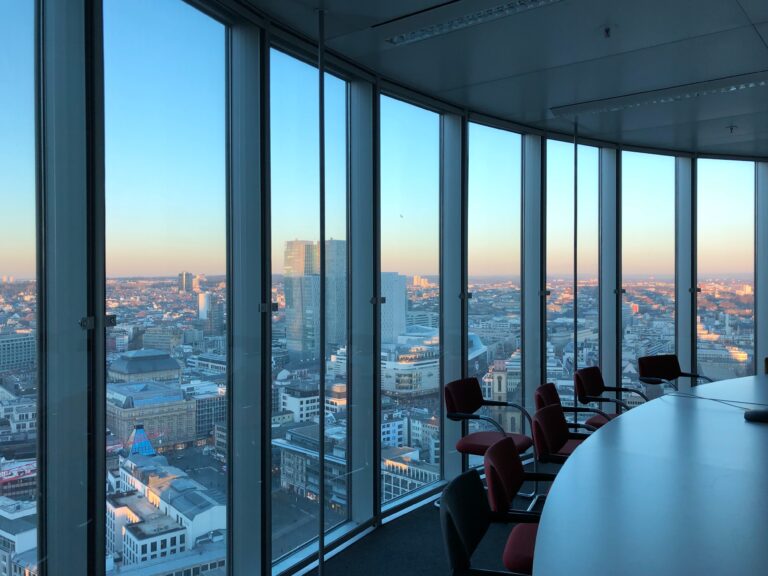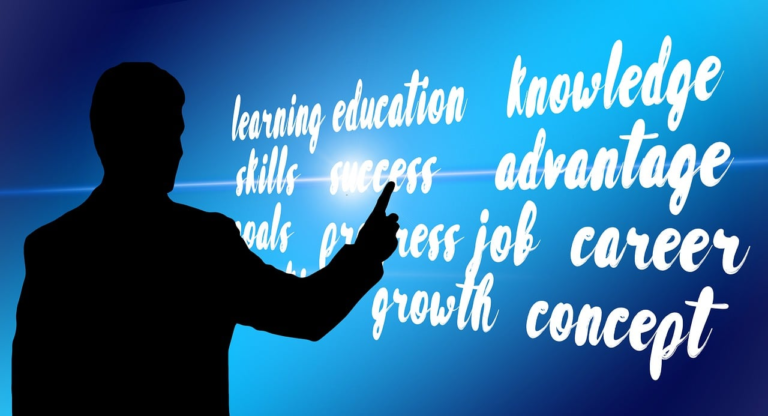Communication Challenges at Work
In today’s fast-paced work environment, communication challenges can hinder productivity and collaboration. Did you know that 57% of employees report that they do not receive clear instructions from their managers? This lack of clarity can lead to misunderstandings and wasted time.
Addressing these challenges is crucial to creating a positive and efficient workplace. In this article, we will explore common communication challenges at work and provide practical strategies to overcome them. So, let’s dive in and improve our communication skills for a more successful work environment.
Assumptions and Misunderstandings in Communication
One of the communication challenges at work is the prevalence of assumptions and misunderstandings, which can hinder effective collaboration and productivity. Overcoming biases and building trust are crucial in mitigating these challenges. Assumptions often stem from preconceived notions or stereotypes, leading to misunderstandings and misinterpretations.
To overcome biases, individuals must consciously challenge their assumptions and approach conversations with an open mind. Building trust is essential for effective communication as it fosters an environment where individuals feel safe to express their thoughts and concerns. Trust can be built by consistently delivering on promises, being transparent and honest, and actively listening to others.
Ineffective Use of Email
Emails are often fast but rarely effective for important communication, so it is important to use them as a supporting tool rather than the main medium.
Improving communication through email etiquette is crucial in today’s workplace. To ensure effective communication, one should avoid assuming that recipients have received and understood the message.
It is essential to seek more direct and personal forms of communication for important matters and to avoid using email for delivering bad news or escalating issues.
By utilizing email as a supporting tool, individuals can enhance their overall communication strategy. This includes seeking face-to-face or phone conversations for important discussions and using email for follow-ups or providing additional information.
Lack of Documentation for Decisions
Documenting key decisions helps teams maintain clarity and alignment, ensuring that everyone is on the same page and moving in the same direction. Decision clarity is crucial for effective communication and miscommunication prevention.
When decisions are not documented, team members may have different recollections, leading to misunderstandings and confusion. By writing down decisions, teams can refer back to them and avoid any discrepancies. This practice prevents miscommunication and ensures that everyone understands and remembers the agreed-upon decisions. It also serves as a reference point, keeping the team focused and aligned.
Documenting decisions is a simple yet powerful way to maintain clarity within a team, prevent miscommunication, and ensure that everyone is working towards the same goals.
Inefficient Meetings
Teams can improve efficiency by evaluating if a meeting is the best use of everyone’s time and considering alternative ways to share simple updates. Meeting structure and time management are essential factors to consider.
Rather than holding meetings for every update, teams can utilize other means, such as email, to share simple updates. By doing so, they can avoid wasting valuable time and ensure that meetings are reserved for decision-making or relationship-building purposes. It is also crucial to include only essential attendees in meeting invites and regularly revisit the meeting invites to ensure relevance and productivity.
Lack of Transparency and Honesty
To foster trust and credibility, individuals should prioritize honest and transparent communication, avoiding misleading or exaggerated language.
Building trust is crucial in any workplace, and open communication plays a vital role in achieving this. When individuals are transparent and honest in their communication, it creates a culture of trust and fosters stronger relationships among team members.
Open communication allows for the sharing of information, ideas, and concerns, enabling everyone to work together towards common goals. By avoiding misleading or exaggerated language, individuals can ensure that their messages are clear and accurate, reducing the chances of misunderstandings or misinterpretations.
This leads to increased trust and credibility, as people rely on honest and reliable information. Ultimately, prioritizing transparency and honesty in communication contributes to a more productive and harmonious work environment.
Unengaging Presentation and Delivery
In order to overcome the challenge of unengaging presentation and delivery, it is important to utilize interactive techniques and visual aids. By incorporating these elements into presentations, individuals can capture the attention of their audience and make their message more meaningful.
Interactive techniques such as asking questions, encouraging participation, and incorporating group activities can help to keep listeners engaged and involved. Additionally, the use of visual aids such as slides, diagrams, and videos can enhance understanding and make the presentation more visually appealing.
By combining interactive techniques with visual aids, individuals can create a more dynamic and engaging presentation that holds the attention of their audience and effectively communicates their message.
This approach can help to overcome the challenge of unengaging presentation and delivery, ensuring that information is successfully conveyed and understood.
Poor Listening Skills
Active listening skills are essential for individuals to truly understand and empathize with others’ perspectives. By practicing active listening techniques, individuals can improve communication and build stronger relationships.
- Pay attention: Actively focus on the speaker, maintain eye contact, and avoid distractions.
- Show interest: Use verbal and nonverbal cues to show that you are engaged and interested in what the speaker is saying. Nodding, smiling, and providing verbal affirmations can demonstrate attentiveness.
- Avoid interrupting or finishing the speaker’s sentences, which can hinder effective communication.
Distractions and Interruptions
Distractions and interruptions often hinder effective listening and prevent individuals from fully understanding and engaging with the speaker.
In today’s technology-driven world, the prevalence of technology distractions poses a significant challenge to effective listening. With smartphones, tablets, and other devices constantly vying for attention, individuals often find it difficult to multitask during conversations. However, research has shown that multitasking reduces comprehension and engagement.
When individuals constantly shift their focus between the speaker and their devices, important information can be missed, and connections with the speaker can be weakened. To overcome these challenges, individuals must consciously try to minimize distractions, set boundaries with technology, and prioritize active listening. By doing so, they can enhance their listening skills and foster better communication in the workplace.
Language and Cultural Barriers
Language and cultural barriers can hinder effective communication and understanding between individuals from different backgrounds and countries. In cross-cultural communication, language barriers pose a significant challenge. Misinterpretation and misunderstanding can occur when individuals do not have a strong command of a common language. This can lead to confusion, frustration, and miscommunication in the workplace. To overcome these challenges, it is promoting language learning and providing support for employees are crucial. Additionally, cultural differences can also impact communication in the workplace. Different cultural norms, values, and communication styles can lead to misunderstandings and conflicts.







